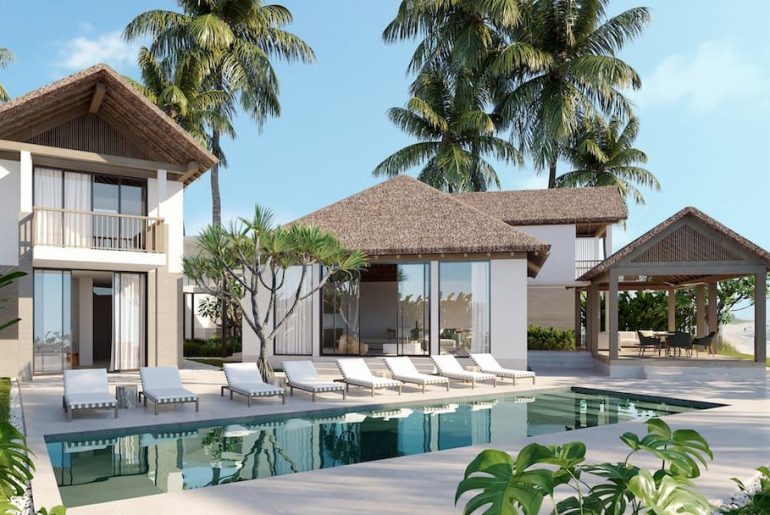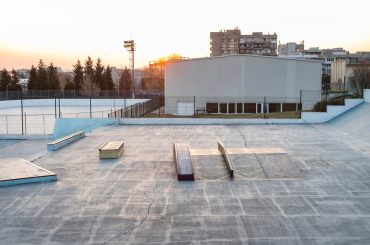Tropical architecture is beloved by architects, designers, and homeowners worldwide for its seamless integration of nature and design. It combines lush landscapes, vibrant colors, and sustainable practices to create an enchanting experience that blends with the tropical climate. From open-air living spaces to the use of local materials, this architectural style offers a paradisiacal escape where nature and design unite.
What are the key elements of Tropical Architectural Design?

Tropical architectural design focuses on visually appealing and functional structures for tropical climates. It emphasizes natural ventilation through windows, louvers, and open spaces to reduce reliance on artificial cooling. To ensure sustainability, using locally sourced and eco-friendly materials such as bamboo and thatch is paramount. Deep roof overhangs and shading devices protect from sunlight while creating shaded outdoor areas. Integrating buildings with lush vegetation and water features and blending with the environment promotes harmony with nature in tropical architecture.
What building materials are commonly used in Tropical Architecture?

In tropical architecture, selecting suitable building materials is crucial to creating comfortable and durable living spaces that can withstand the challenges of these regions. Bamboo is a commonly used material due to its abundance, sustainability, and strength. It is suitable for various applications, such as structural frameworks and wall claddings. Hardwood varieties like teak or mahogany are well-liked due to their natural ability to resist decay and insects.
Local stones like coral or volcanic rock are used for their aesthetic appeal and ability to retain cool temperatures. Innovative techniques like lightweight concrete blocks and rammed earth walls provide thermal insulation and cost-effectiveness. By carefully choosing these materials, designers create sustainable structures harmoniously with nature in tropical climates.
What are some examples of contemporary Tropical Architecture?

Contemporary tropical architecture is a sustainable and visually striking design style that combines modern techniques with traditional elements. The Green School in Bali exemplifies this style: open-air classrooms and a butterfly-shaped roof made from local palm leaves. Another notable example is the Alila Villas Uluwatu, which seamlessly integrates indoor and outdoor spaces using natural materials like wood and stone. These examples showcase how contemporary harmonizes with the environment, creating unique and functional areas.
How can we create an eco-friendly tropical building design?
Consider using sustainable materials like bamboo and recycled materials to create an eco-friendly tropical building design. Incorporate natural ventilation and passive cooling strategies, such as strategically placed windows and roof overhangs. We should harness the power of Solar panels, and renewable energy can provide sustainable ability to decrease our dependence on fossil fuels. Integrate water conservation practices like rainwater harvesting and efficient plumbing fixtures. These considerations will help achieve a sustainable and comfortable building design.
Conclusion
Tropical architecture focuses on harmoniously integrating the environment and design principles. It emphasizes using sustainable materials and strategies to combat tropical climate challenges. Passive cooling techniques and local materials like timber and bamboo minimize the need for energy-intensive systems. Modern technology enhances the innovation potential, especially in energy-efficient lighting and solar-powered solutions. Landscape design optimizes sustainability in tropical environments, including rainwater harvesting and water-efficient landscaping. Overall, it creates comfortable living spaces while promoting sustainability and environmental consciousness.






